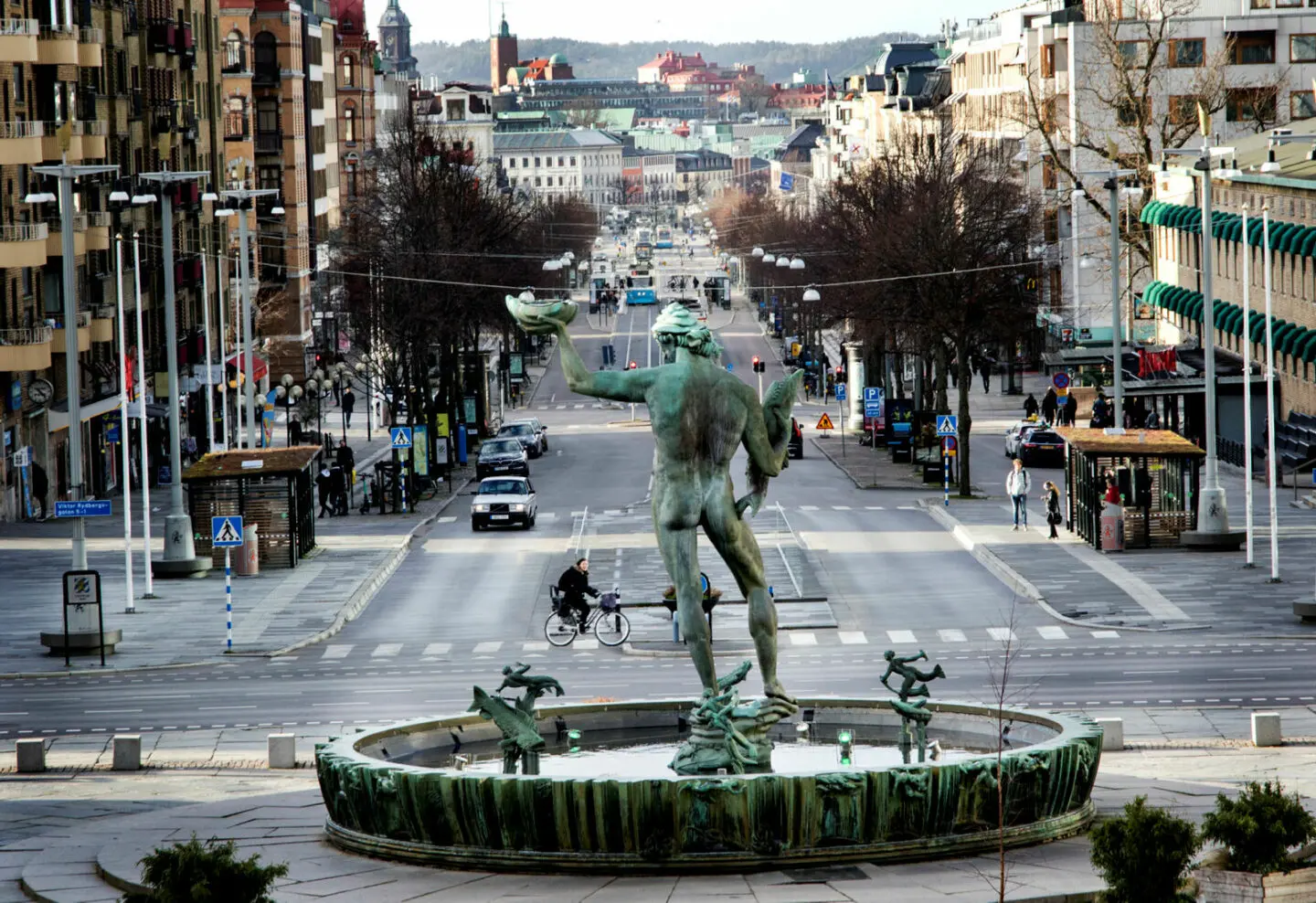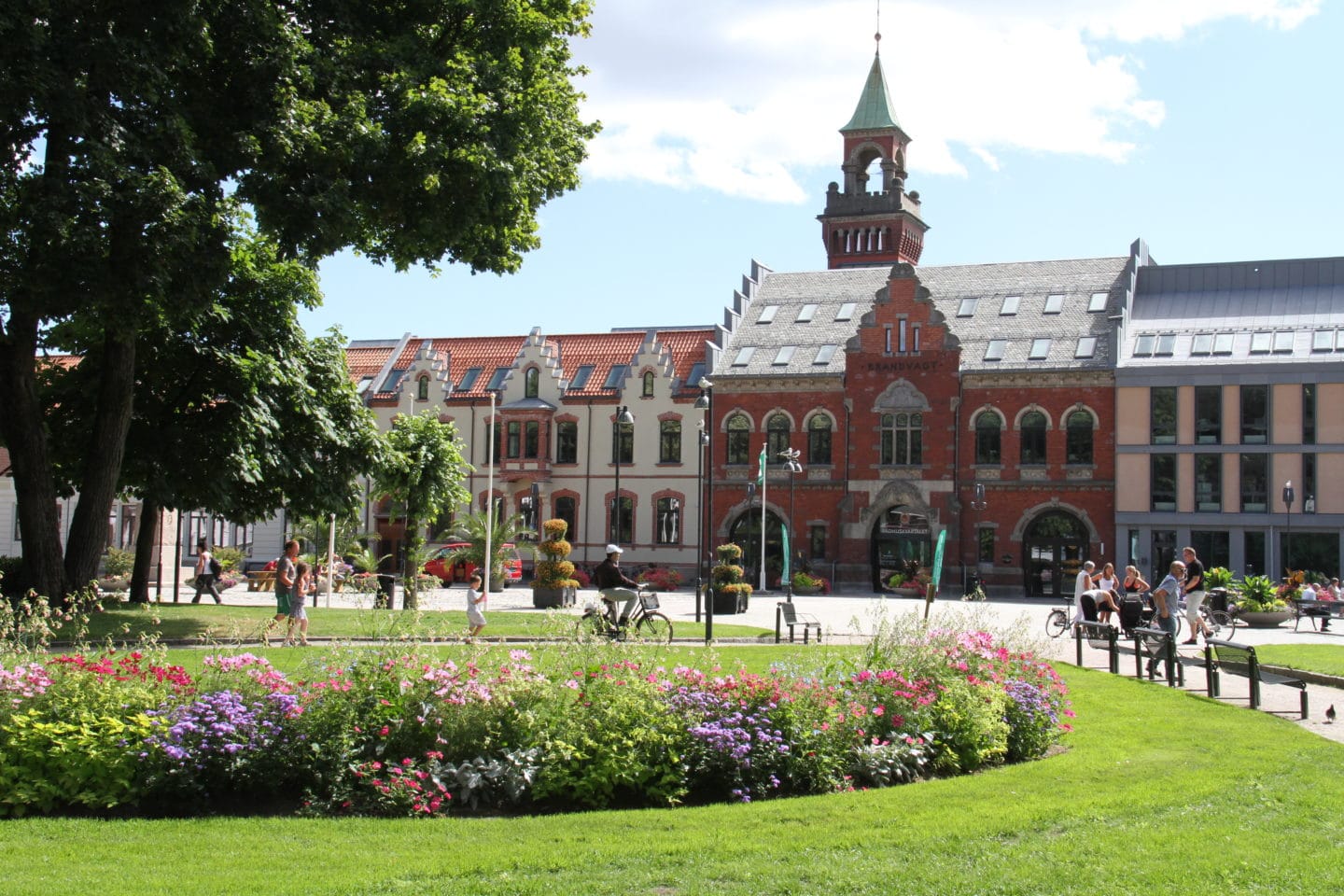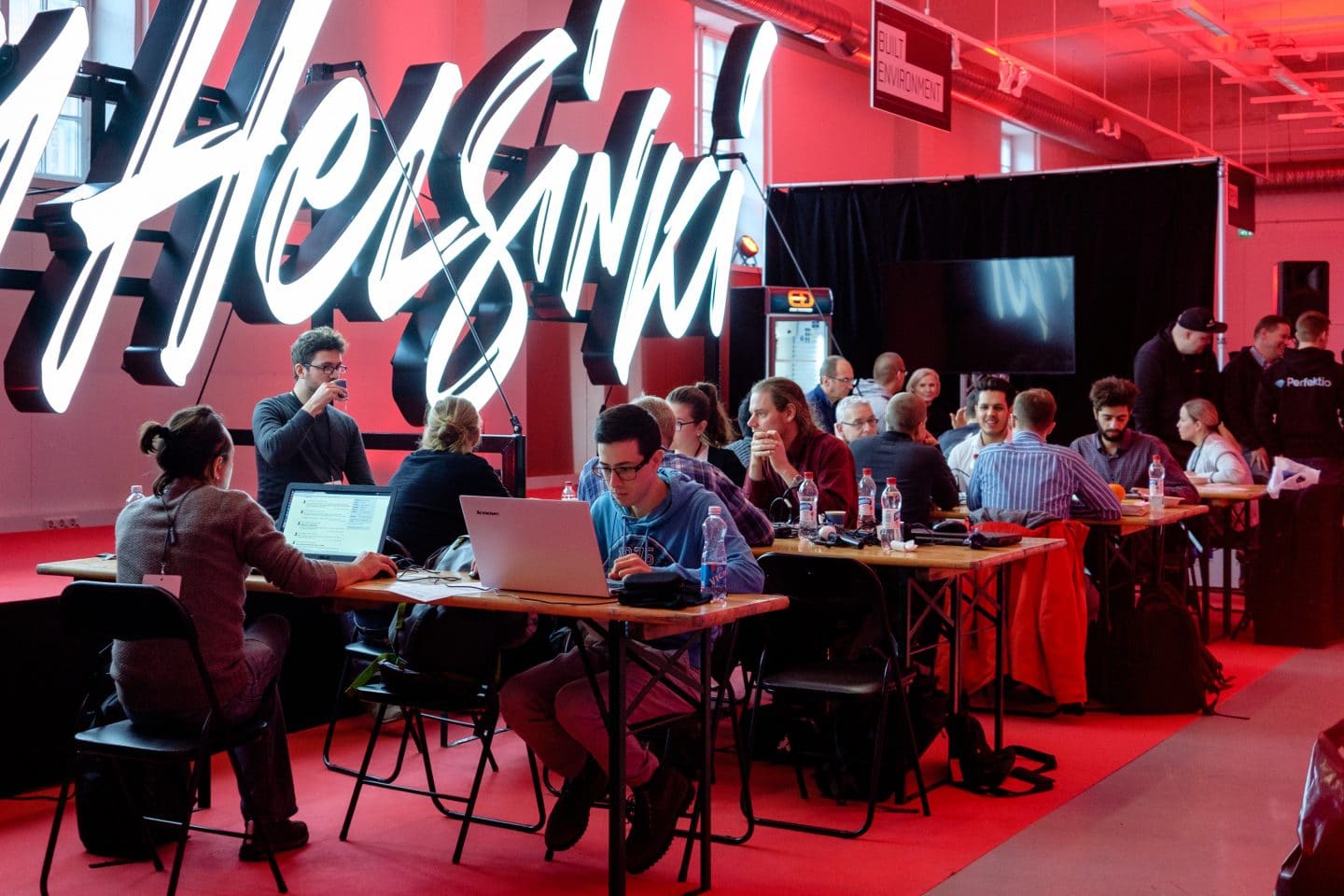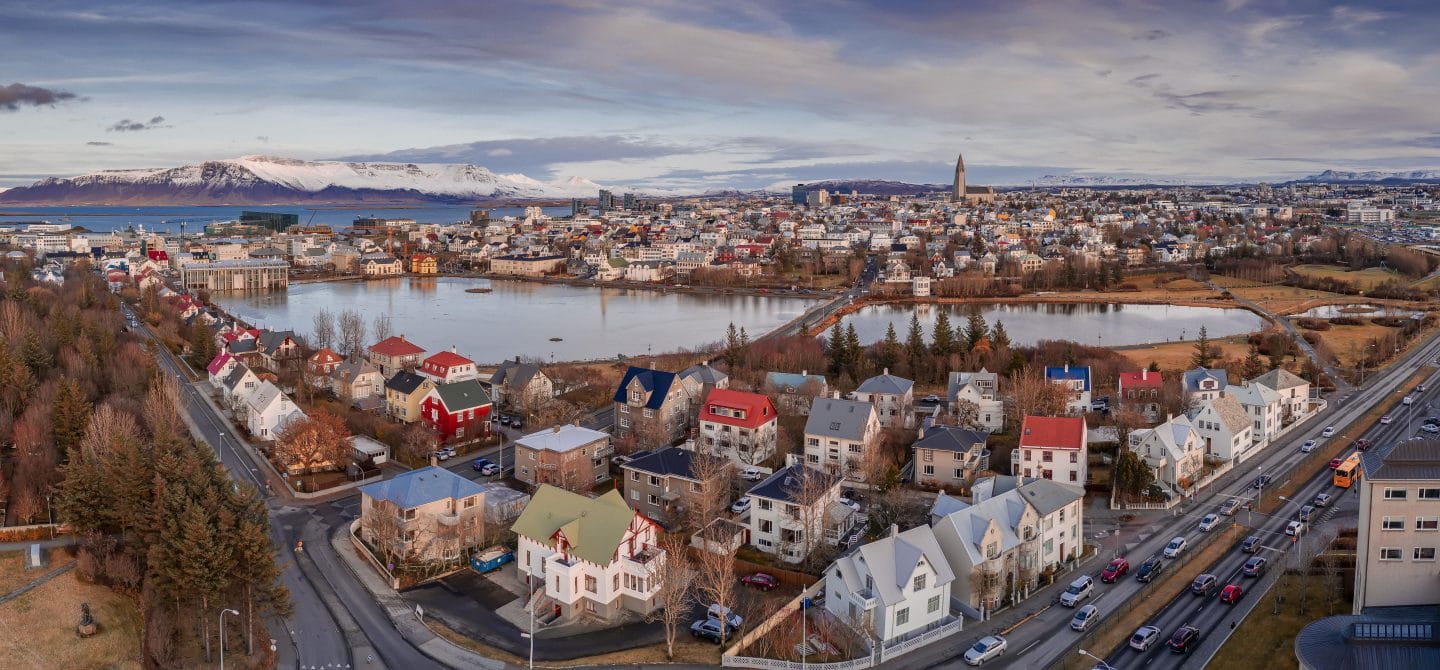Safe City Action

Gothenburg works with Nordic Safe Cities to formulate a new strategy for safety and crime prevention and to develop the recently establish safety council. Focus will also be on forming a long-term strategy to stop recruitment to criminal gangs and violent extremism groups, counteract gang crime and the development of parallel societies in Gothenburg.
City Portrait
Gothenburg is the second largest city in Sweden with 600.000 inhabitants. Home to Scandinavia’s largest harbour, the city has a strong industry and a large, varied business sector. Gothenburg is also known for staging major events in sports, culture and entertainment, and hosts two large universities. The city has a multicultural population with around 25% born outside of Sweden. Gothenburg is currently experiencing high growth rates and will be home to an estimated 700.000 people by 2035. On average people in Gothenburg experience a high standard of living, however with the rapid growth socio-economic disparities are increasing. Reducing this gap and striving for greater equality in living standards to create a more socially sustainable city, is therefore a focus area for the whole city, politicians and officials alike.
Safe City Challenges
The police in Gothenburg have identified certain areas as more affected by ethnic segregation, socio-economic issues and criminal activity related to gangs, drugs, religious and violent extremism. These areas are home to parallel systems and societies where some inhabitants can be reluctant to participate in legal processes, which stand in the way of the police carrying out their duties. In the prevention of extremism, authorities in Gothenburg are focused on challenges stemming from white supremacy groups, far-left environmental groups and Jihadi-oriented groups. The feeling of safety varies between the different parts of the city and between different groups. Since a sense of safety can have a big impact on people’s lives, it is a priority not only to increase actual security in Gothenburg but also citizens’ feeling of safety.

Strategy
The City of Gothenburg and the police work together to increase security and reduce crime through a six-stage prevention model called ‘Trygg i” (Safe in). The prevention of extremist violence and hate is integrated in Gothenburg’s general crime prevention strategies and action plans. At the local government level there is a CVE/PVE coordinator, with most actions taken by practitioners on the frontlines. In order to strengthen political responsibility on these issues at a strategic level, a Safety Council is set up directly under the municipal council. Membership in Nordic Safe Cities is linked to the Safety Council to benefit from the prevention and security work of other Nordic cities. The City of Gothenburg currently has a program for safety and security promotion and crime prevention that will be revised during 2021.
Focus Areas
The City of Gothenburg currently focuses on the following areas:
- Strengthening processes and efforts to increase safety and reduce crime at the local level.
- Increasing awareness at the political level and strengthening political responsibility.
- Focus on the identified areas affected by socio-economic issues and criminal activity related to gangs, drugs and violent extremism. Particular focus on narcotics.
- ‘Placemaking’ by turning areas perceived as unsafe into more attractive places to live and visit.
Good Practise
YoungEast (UngÖst)
The YoungEast team has created a local platform to prevent youth at risk from engaging in criminal and antisocial activities and/or behaviour, street gangs and radicalization. The platform consists of a collaboration between social services, schools, police and other relevant actors. Recently YoungEast applied for funding from the European Social Fund to further develop the team’s tools and method directed at young 15 to 24-year olds that are in a vulnerable situation. Young people with mental health issues, anti-social behaviour problems, and that may be vulnerable to honour-based violence, criminal activity, gang related crime and violent radicalisation. Through internal and external collaboration, peer-learning and the development of team’s work-method and tools, Young East 2.0 aims to increase the number of young people within the target group that resume their education, reach primary and secondary degrees and/or establish themselves within the labour market.
City theatre to prevent radicalisation
A project in cooperation with the official city theatre to prevent radicalisation. The performance ‘The Jihadist’ focused on young people’s ways into radicalisation based on real cases from Gothenburg. Targeted audiences were schools, youth centres, professionals and the public.
Dialogues with different groups
As an established methodology for communication with different groups that can be hard to reach, the municipal board and the City of Gothenburg has councils. For example, there is a safety council, a seniors’ council, a LGBTQ-council and a disability council. Another more local example is “Angereds interreligious board” where officials from the city conduct dialogues with representatives of religious organizations. The dialogues often involve discussions on safety and democracy. The City of Gothenburg also has a Youth Council that consists of 101 young people from all parts of Gothenburg. They are between 12-17 years old and together they discuss various issues concerning young people in Gothenburg. The young people themselves decide which issues are to be discussed and the focus is often on children’s rights, safety and segregation.
Young ambassadors
In cooperation with the civil society organisation ‘Somali Dialogue centre’ the city of Gothenburg educated approximately 30 young ambassadors, who are involved in prevention measures against violent extremism.
BID (Business improvement districts) Gamlestaden
In 2018, Property Owners in Gamlestaden, a non-profit association, and eight administrations and companies in the City of Gothenburg signed a cooperation agreement, called BID Gamlestaden, with the aim of establishing stable, efficient and dynamic cooperation structures between stakeholders whose actions determine the quality of district development. Powerful and dynamic development is underway in sub-areas of Gamlestaden, with strong driving players developing new meeting places, housing and premises. A BID should not take over the efforts of others but increase the quality of urban development and care for the urban environment by doing things that no one else does. There is an ongoing action plan that clarifies three priority areas as 1) District renewal; 2) Order and security; 3) Communication.
Purple flag work in Gothenburg city centre
Four areas in central Gothenburg are certified according to the Purple Flag model for safer and more enjoyable evening experiences. The certification means that there is a working collaboration that works with a common process and goal to make the city safer and more comfortable between 5pm and 5am. The work process has been characterized by broad collaboration between the City of Gothenburg, the Police, property owners and business operators. The actors now share a common ground for the shortcomings of the sites, but also the strengths that can be strengthened. One of the Purple flag areas is Nordstan, an indoor shopping mall, where a project called Safer Nordstan (Tryggare Nordstan) takes place. An interesting part of that work is a collaboration with civil society to find and help young people at risk. For example, through a pop in “office” where the youth can get help with accommodation, economy, asylum and to reach authorities.
The school as an arena (Skolan som arena)
The school as an arena is an initiative from the City of Gothenburg where we open schools around the city in the evenings to be able to offer children a meeting place. This is done in collaboration with other actors and the purpose is to give children and young people a meaningful leisure time, a healthy everyday life and a safe context to spend time in. A more frequent use of the schools also prevent vandalism in schools.



